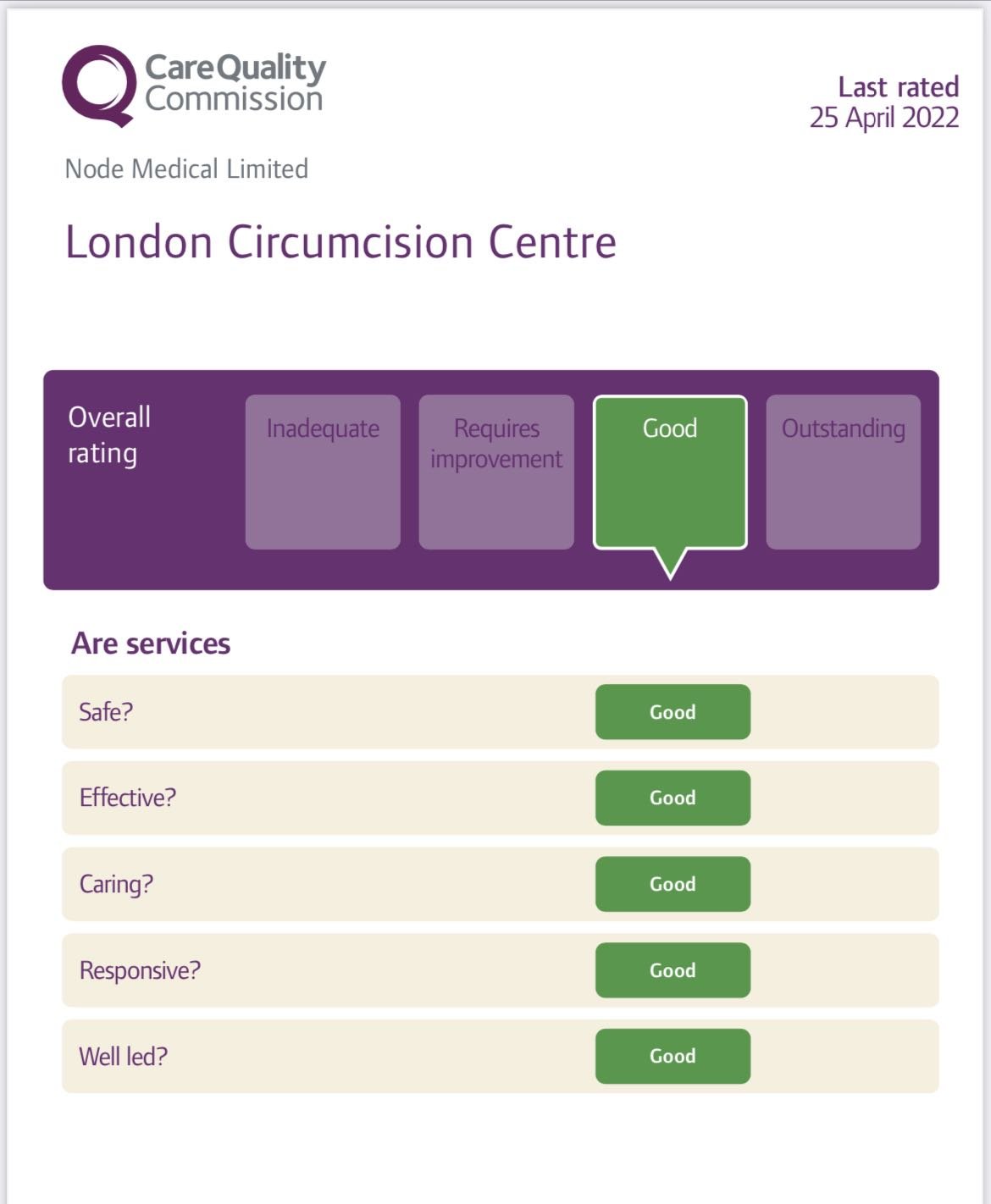Understanding Foreskin Problems: Causes, Signs, and Treatment
The foreskin, a protective fold of skin covering the penis in uncircumcised individuals, requires proper care to prevent potential issues later in life. Here's a comprehensive guide to foreskin problems, their causes, signs, treatment, and preventive measures.
What is the Foreskin?
The foreskin is a layered fold of skin that shields the end of the penis in uncircumcised individuals. While it requires no special care in early childhood, attention to hygiene becomes crucial as one grows older to prevent problems like swelling, infection, tightness, irritation, and dryness.
Causes of Foreskin Problems:
In young children, the foreskin is naturally attached to the penis head by the synechia membrane, which dissolves over time. Forcing it back prematurely can lead to issues. Phimosis, where the foreskin is too tight, is another cause, usually resolving between ages two and six. STIs, infections, BXO (lichen sclerosis ) or injuries can trigger problems in teenagers and adults.
Signs of Foreskin Problems:
Look out for pain during urination, itchiness, inability to retract the foreskin, pain during intercourse, redness, soreness, swelling, dryness, or split and bleeding skin. Consult our specialist Urologist if you experience these symptoms.
Treatment for Foreskin Problems:
Treatment varies based on the issue. Dryness may be managed with creams or ointments like steroid cream, while infections like balanitis can be treated with medications. In some cases, procedures may be required, such as moving back the foreskin in children with phimosis or circumcision in adults with persistent issues. Our approach with circumcision with glue is the best option.
Prevention of Foreskin Problems:
Proper care is crucial. Change underwear regularly, opt for loose underwear, avoid heavily scented hygiene products, clean the foreskin daily with warm water, and use protection during sex to reduce STI risks.
Specialists for Foreskin Problems:
A urologist, or a pediatric urologist for children, is the specialist to consult for foreskin problems. We provide these services in the London Circumcision Centre.
When to Consider Circumcision:
Circumcision is only considered when foreskin problems are severe and impact daily life, causing persistent pain or frequent urination issues. Phimosis with a scared or cracked foreskin will require circumcision.
When to Seek Medical Advice:
Call us if you experience difficulty urinating, a burning sensation, increasing pain, or inability to return the foreskin to its original position.
Understanding and addressing foreskin problems early is essential for maintaining male reproductive health. Regular hygiene practices and prompt medical attention can make a significant difference in preventing and managing foreskin-related issues.





